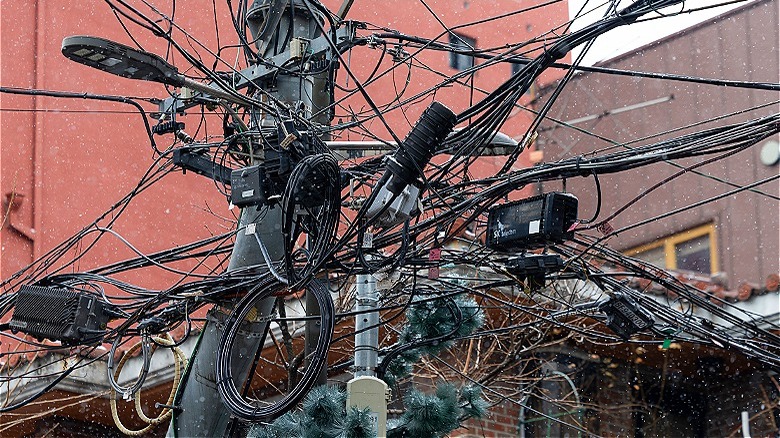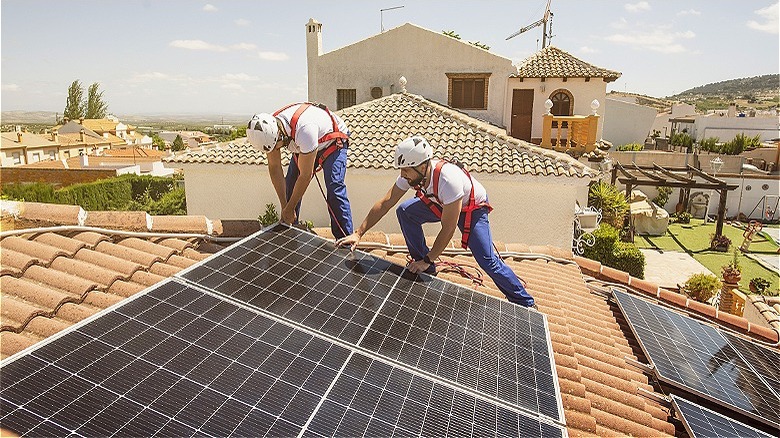Will Energy Prices Finally Fall In 2024?
After a historic 16% increase in electricity prices between 2021 to 2022, consumers were treated to only slightly lower increases in their energy bills in 2023. While a lot of factors are at play when it comes to increased energy prices, demand is a big part of the equation. Per Solar.com, electric utility rates have, on average, increased by approximately 3% every year for the last two decades. To make matters worse, according to an analysis from Princeton ZERO Lab's REPEAT (Rapid Energy Policy Evaluation and Analysis Toolkit) energy policy project, 2030 demand for electricity will be 14% to 19% higher than 2021 levels, and 27% to 39% higher by 2035.
With all of this in mind, it should come as no surprise that energy prices will absolutely continue to rise in 2024. In fact, many utility regulators across the country have already approved rate increases for 2024 (with many of these increased rates publicly available). Among the steepest of increases for consumers include Portland Gas and Electric in Oregon which will raise rates by 17%, and PG&E in California with a raise of 12.8%. While certain states (like Connecticut) are actually facing a decline in their electricity rates for 2024, these are rare exceptions rather than the rule. While demand is part of the issue contributing to increased rates, let's dive into the other factors contributing not only to the rise in energy rates but also the increase in service interruptions, delays, and failures.
Why are electric utility rates increasing
Even though existing energy rate increases are already bad enough, there are actually additional factors that will ultimately make rate increases even higher and more frequent in the near future. For starters, the increase in extreme weather events due to climate change adds additional pressure on current utility systems and grids. The higher risk of damage and repairs needed to keep existing utilities operational in the face of unprecedented weather is guaranteed to increase the cost.
Another key factor is the advanced age of most of the utility infrastructure systems in the United States. According to the White House, approximately 70% of the nation's electricity grid is over 25 years old, which makes it even more susceptible to damage resulting from extreme weather events. This necessitates expensive large-scale upgrades to existing utility systems, which most regulators will pass on to consumers. One good example is the 10% rate increase on electricity that North Carolina will experience in 2024 due to Duke Energy's infrastructure upgrade costs.
Of course, it's impossible to leave out the relatively rapid growth of electricity demand across the U.S. when discussing rate increases. In fact, according to data reported to federal regulators, electric grid planners are forecasting an increase of 38 gigawatts of peak electricity demand by 2028. This increase in demand is due to everything from more electric vehicles on the road to the growth of large data centers to the increased need for temperature control in the face of extreme weather.
Affordable energy alternatives
Since it's almost guaranteed energy prices will continue on an upward trajectory, it could be worth looking into cheaper, and more environmentally friendly, alternatives. People who may be struggling to hold on currently could find themselves facing even more financially straining energy bills in the future. While there are various forms of renewable energy, perhaps none are as popular as solar. In fact, the solar industry has experienced an average annual growth rate of 24% over the last decade, according to the Solar Energy Industries Association.
If you've ever wondered how much going solar could actually save you on your energy bills, the answer is a lot. Based on 2023 electricity rates, solar is expected to save users between $25,000 to $33,000 in total electricity bills during the 25- to 30-year lifespan of their specific system. Similarly, in 2023, solar was estimated to save users as much as $1,500 for the year. When energy price rate increases are factored in, solar users are sure to save even more money. However, it's important to keep in mind that solar energy can have high start-up costs that might prove a deterrent for some consumers.
Wind power, meanwhile, is another growing industry with available wind-powered capacity in the United States more than tripling over the last decade. In fact, in 2020, wind became the cheapest new energy source in the world. Plus, wind energy costs have fallen by 56%, making it an increasingly appealing option for consumers looking for environmentally friendly energy alternatives.


